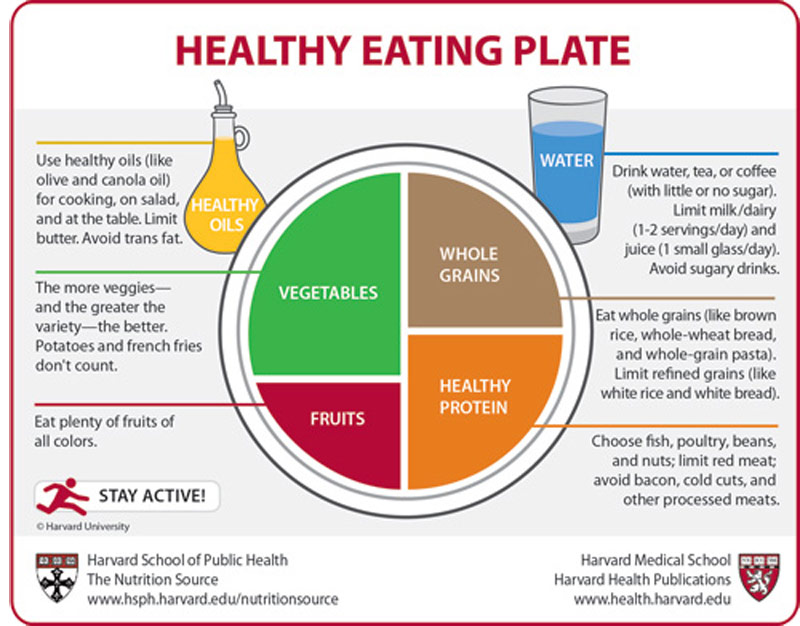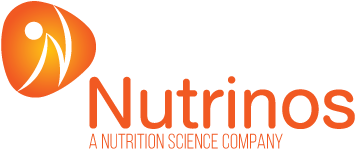Harvard to USDA: Check out the Healthy Eating Plate

Back in June, federal authorities unveiled MyPlate, an icon designed to help Americans follow healthy eating patterns. It’s a nice, colorful image that was a welcome successor to the misguided MyPyramid. But it doesn’t offer much in the way of useful information.
A group of my colleagues at Harvard Health Publications worked with nutrition experts at the Harvard School of Public Health to create a better version. We call it the Healthy Eating Plate. “We gave My Plate a makeover to provide consumers with an easy to use but specific guide to healthy eating based on the best science available,” says Dr. Anthony Komaroff, a professor of medicine at Harvard Medical School and Editor in Chief of Harvard Health Publications.
The Healthy Eating Plate uses visual elements of MyPlate as a starting point, because the government’s icon is already becoming a recognized teaching tool. But the resemblance ends there.
Here is what the Healthy Eating Plate recommends:
Make half your meal vegetables and fruits. Go for variety. And keep in mind that potatoes and french fries don’t count.
Choose whole grains whenever you can. Limit refined grains, like white rice and white bread, because the body rapidly turns them into blood sugar.
Pick the healthiest sources of protein, such as fish, poultry, beans, and nuts; cut back on red meat; avoid bacon, cold cuts, and other processed meats.
Healthy oils (like olive and canola oil) are good for you. Don’t be afraid to use them for cooking, on salad, and at the table.
Drink water, tea, or coffee. Milk and dairy are not must-have foods—limit them to 1-2 servings/day. Go easy on juice. Avoid sugary drinks. And stay active!
Why bother modifying MyPlate? Because it offers little—or inaccurate—advice. It says nothing about the quality of carbohydrates (grains). White bread and white rice raises blood sugar in a flash—whole grains are better for long-term health. It makes no distinction between healthy sources of protein such as beans, fish, and poultry, and less healthy sources, such as red and processed meat.
In addition, MyPlate recommends milk or dairy at every meal, even though there is little evidence that high dairy intake protects against osteoporosis and substantial evidence that consuming a lot of milk and dairy foods can be harmful. It says nothing about healthy oils, which are good for the heart, arteries, and the rest of the body. And it is shockingly silent on sugary drinks, which provide far too many empty calories.
The federal government has been in the food icon business since 1992, when it unveiled the Food Guide Pyramid. It was built on a shaky foundation, influenced more by the food industry and agriculture interests than by science. MyPlate continues this unhelpful trend.
The Healthy Eating Plate is based on nutritional science and is not influenced even a smidgeon by commercial pressure. We hope it will be a useful alternative that provides specific direction for anyone who needs help following a healthy diet.
Source: Patrick J. Skerrett, Former Executive Editor, Harvard Health
